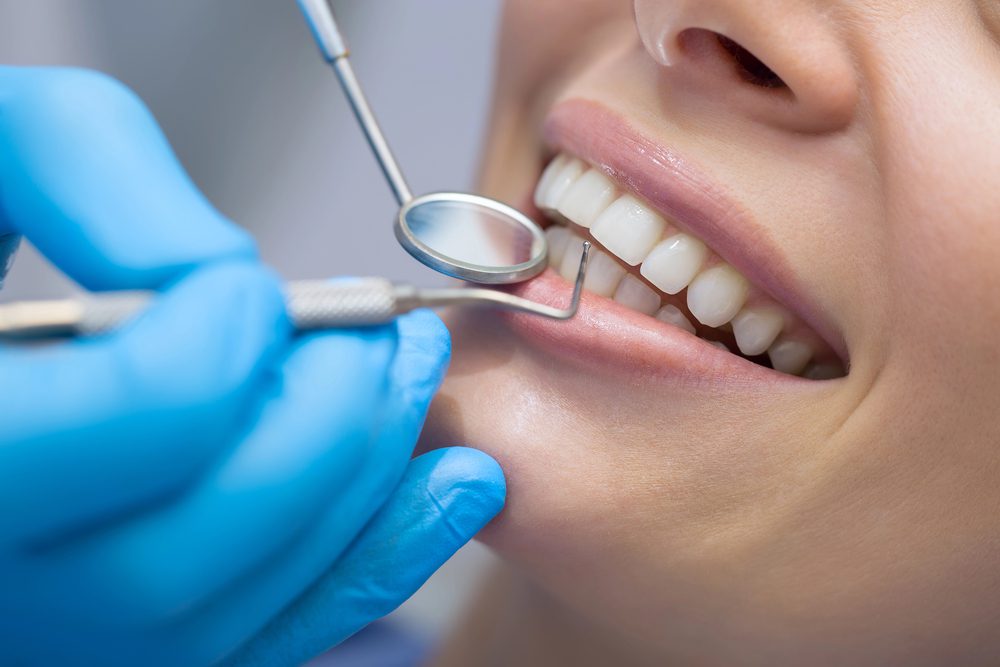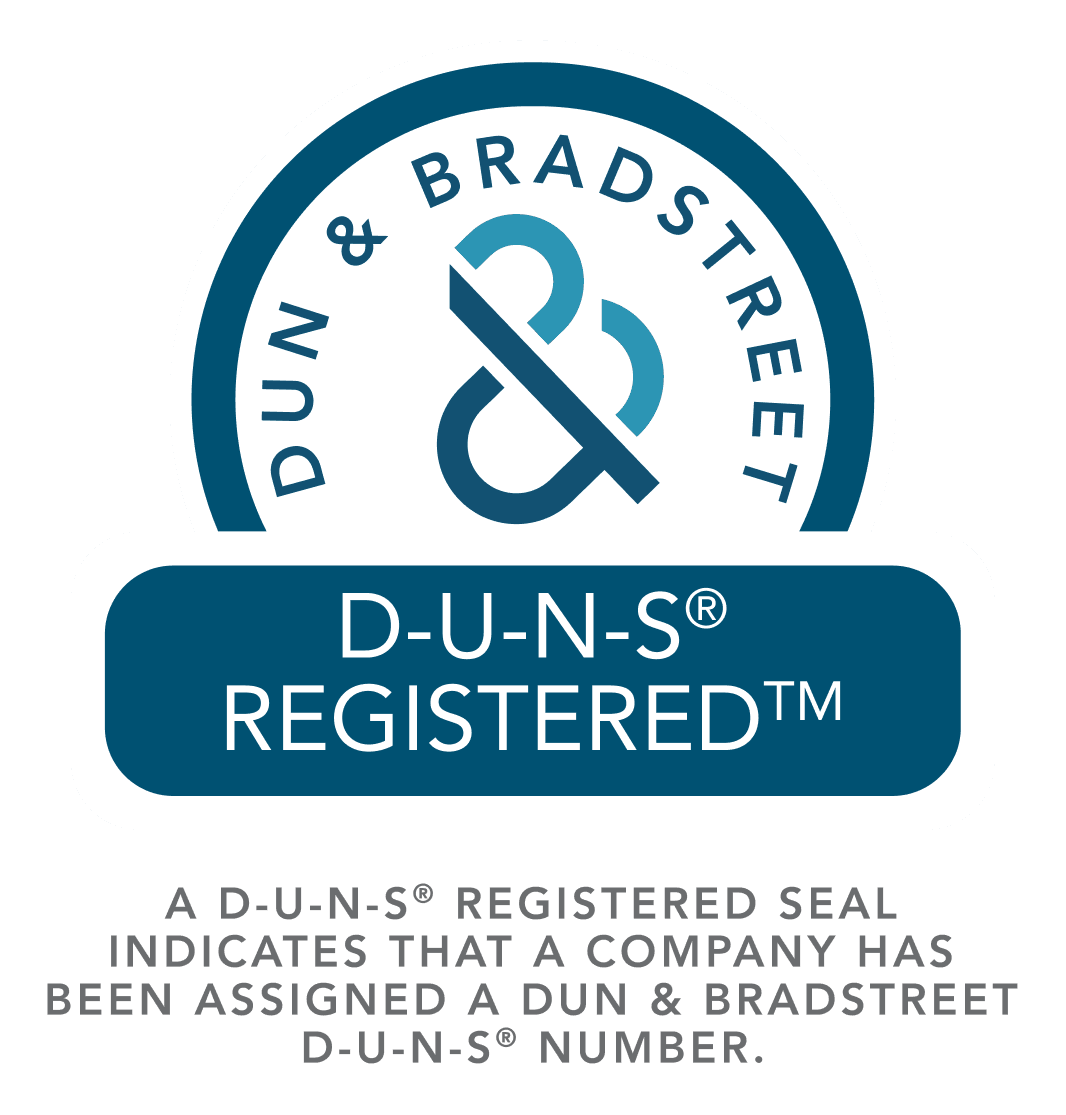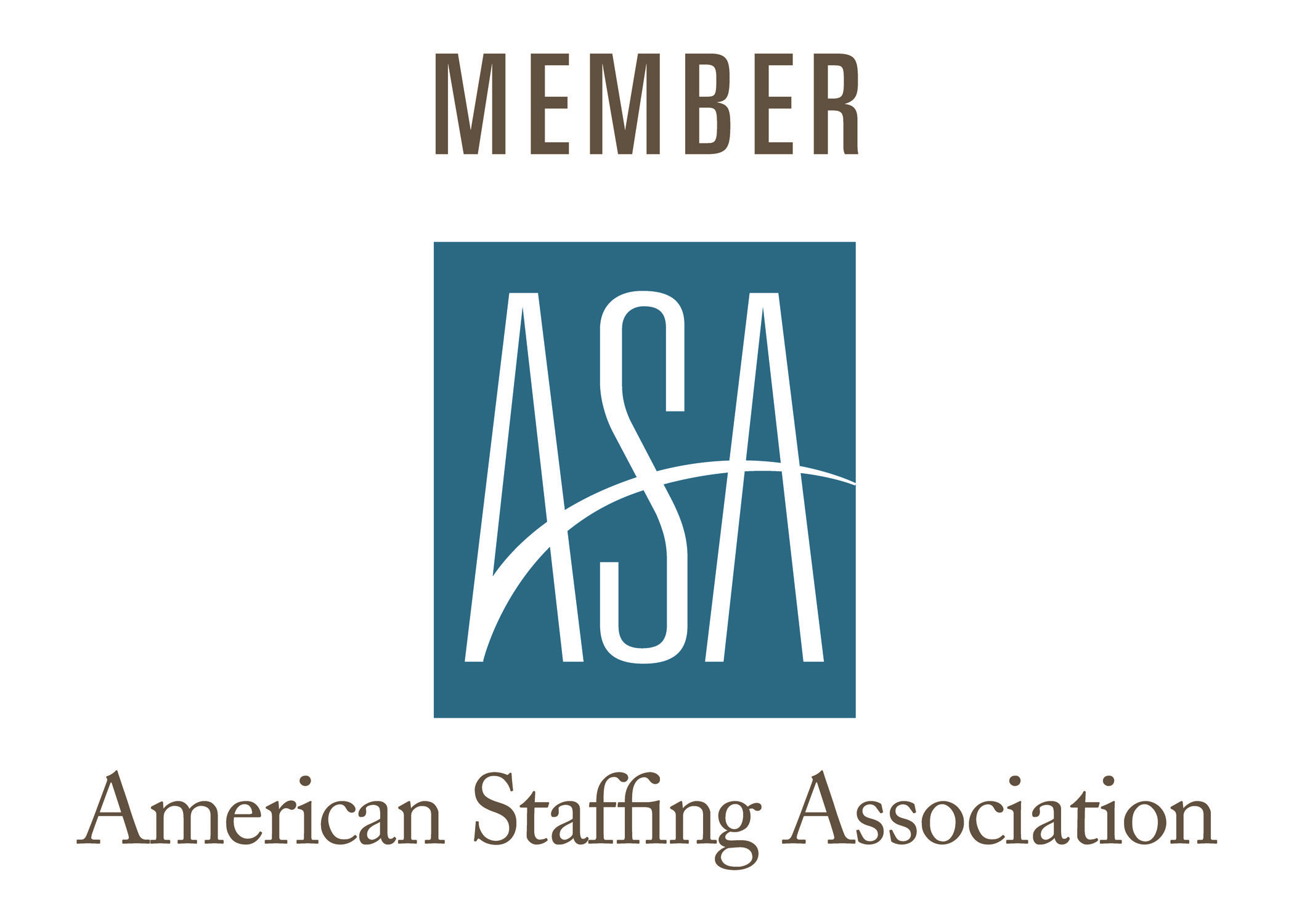Introduction
As a foreign-trained dentist aspiring to establish a practice in the United States, you must undertake a comprehensive licensure process governed by the Commission on Dental Accreditation (CODA) and the regulatory standards of state dental boards. This journey demands a meticulous approach to credential evaluation, examination, and adherence to professional benchmarks. This guide is crafted to illuminate the steps required to successfully bridge the gap between your international qualifications and the U.S. dental profession, setting you on a course to achieve your career objectives within American healthcare.
Credential Evaluation
The journey toward practicing dentistry in the United States starts with a crucial step: the assessment of your foreign dental degree. Renowned agencies such as Educational Credential Evaluators (ECE) or World Education Services (WES) stand ready to meticulously verify your academic qualifications. They are tasked with ensuring that your education aligns with the rigorous benchmarks set by U.S. dental standards.
To begin, you'll provide these agencies with detailed documentation of your dental education, including transcripts, diplomas, and relevant certificates that attest to your professional journey. In addition, you'll need to furnish proof of your clinical experience and any professional practice you've engaged in. You would need to translate the transcripts and diplomas if they were issued in a language other than English.
Accredited Dental Program Completion
While your foreign credentials are a valuable foundation, securing a U.S. dental license typically requires graduating from a CODA-accredited program in United States. Most states Look into Advanced Standing Programs for International Dentists, which allow you to earn a DDS or DMD degree within two to three years of study.

National Board Dental Examination (NBDE)/Integrated National Board Dental Examination (INBDE)
The Integrated National Board Dental Examination (INBDE) is a critical step for foreign-trained dentists to obtain licensure in the United States. This two-day examination consolidates what was previously the NBDE Part I and Part II into a single, comprehensive test. It assesses clinical judgment and problem-solving capabilities necessary for safe and effective entry-level dental practice. State dental boards use the INBDE to ensure that candidates are prepared to meet the professional demands of the U.S. dental sector. Passing the INBDE is a key milestone for any dentist seeking to practice in the U.S., demonstrating their readiness to uphold the high standards of care expected in the profession.
Clinical Board Examination
Upon completion of a U.S. dental degree, aspiring dentists face the crucial task of showcasing their practical expertise through a clinical board examination. Success in this examination is a testament to a candidate's readiness to practice, demonstrating proficiency that extends beyond theoretical knowledge to encompass hands-on, clinical dexterity.
These evaluations, which differ by region and state, are more than mere formalities. They are vital, hands-on assessments that vary from one jurisdiction to another, each with unique protocols to challenge a candidate’s clinical acumen. Candidates should meticulously research the specific requisites and formats of the clinical exam in the state where they intend to practice.
In the crucible of the exam, candidates are expected to perform actual dental procedures—either on live patients or manikins—in real-time conditions. Examiners scrutinize every action, from diagnostic acuity to the precision of performed treatments, ensuring that each candidate can deliver care effectively and safely within the standards of the dental profession.
Passing a regional or state clinical board examination solidifies a foreign-trained dentist’s qualifications, bringing them one step closer to achieving their goal of becoming a licensed dental professional in the United States.
Regional Clinical Exams
Most U.S. states recognize regional clinical exams administered by various regional testing agencies. A few of the major regional boards include:
- Western Regional Examining Board (WREB): Widely accepted in the Western United States, offering you the opportunity to demonstrate your clinical abilities in a comprehensive exam.
- Central Regional Dental Testing Service (CRDTS): Another established agency, CRDTS conducts exams across several states, assessing the proficiency of candidates in various dental disciplines.
- North East Regional Board of Dental Examiners (NERB): Now known as the Commission on Dental Competency Assessments (CDCA), it also administers exams in multiple states.
Each regional board has its own set of clinical examinations, formats, and requirements. You are expected to perform actual dental procedures, which are then evaluated by a board of examiners.
State Clinical Exams
Some states may have their own state-specific clinical examinations that are not interchangeable with regional board exams. These exams are tailored to meet the particular criteria set by the state's dental board.
It is crucial for you to thoroughly prepare for the clinical examination and familiarize yourself with the guidelines of the regional or state exam you intend to take. Achieving success in this examination is testament to your practical skills and readiness to provide top-tier dental care within the U.S. healthcare system.
Additional Requirements
Some states may have additional requisites such as interviews, background checks, proof of CPR certification, or letters of recommendation.
Licensure Application
With exams behind you, it’s time to apply for licensure with the dental board in your chosen state. Application criteria include your education, exam results, English language proficiency (if required), fees, and understanding of local dental laws, which may involve an additional jurisprudence exam.
Visa and Work Authorization
You will need the appropriate work authorization to practice. Common visas for healthcare professionals include the H-1B and TN, while permanent residency (green card) is also an option. Consult with an immigration attorney to understand the best pathway for your circumstances.
Continuing Education
Once licensed, it's crucial to meet continuing education requirements to maintain your license in good standing. Engage in a variety of learning experiences such as attending ADA-approved workshops, participating in online courses through platforms like DentalTown or CEwebinar, or joining study clubs for peer learning and case discussions.
Conclusion
The path to practicing dentistry in the U.S. is rigorous but rewarding. By meticulously completing each step, you'll be ready to deliver top-notch dental care. As a foreign-trained dentist, your unique skills are a boon to American healthcare, enriching the tapestry of oral health services.
Stay updated with CODA, the ADA, and your state dental board, as licensure requirements evolve. Persistence and thorough preparation will guide you to fulfilling your goals in U.S. dentistry.
And once you've secured your license, consider reaching out to us at Verovian Dental Agency for an array of exciting opportunities. We specialize in placing dental professionals in a wide spectrum of roles across the U.S. Our expertise and extensive network can help you find the perfect position that aligns with your skills and career goals. Trust Verovian Dental Agency to support your journey into a rewarding dental career in the U.S.




